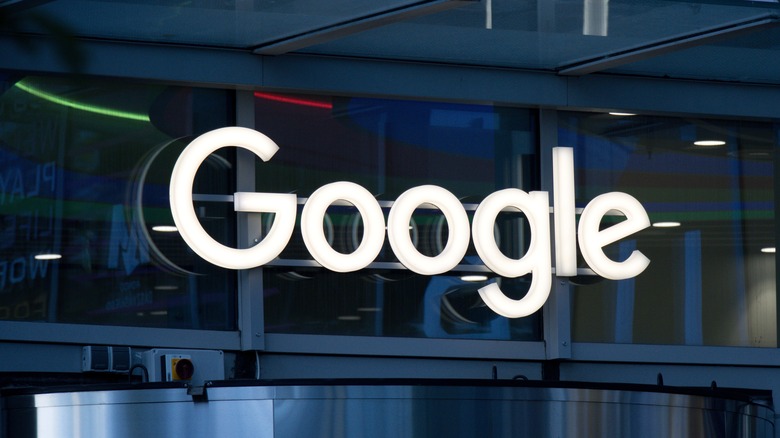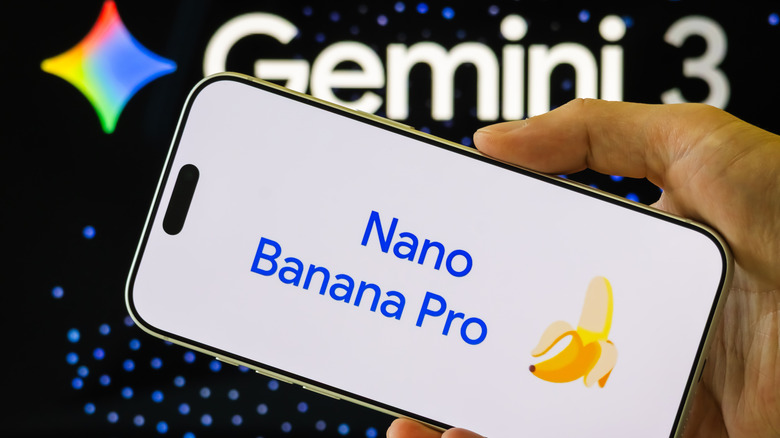Google Flow Has New AI Features To Improve Your Filmmaking Process
Google unveiled the text-to-video Flow AI filmmaking tool at Google I/O 2025 in May alongside Veo 3, revealing that filmmakers had already used Flow to create specific scenes in an upcoming theatrical movie. Google added new features to Flow in October, when it also released the Veo 3.1 update. Fast-forward to mid-November, and Google unveiled four new Flow features that should improve the workflows of creators who rely on generative AI tools for their videos.
Google said in a blog post that over 500 million videos have been created in Flow since May. The company has received feedback on how to improve the filmmaking tool since then, with creators asking for "more precision and control" for both image and video generation in Flow. The four new features formally announced on Monday were actually introduced over the past few weeks. Flow will offer users "more creative control" thanks to "new refinement and editing capabilities."
Nano Banana Pro support
Announced last week, the Nano Banana Pro AI image generator may be the most important of the four new features Google added to the app. Flow now comes with built-in Nano Banana Pro support for subscribers, while free users have access to the Imagen and Nano Banana models. The reason why Nano Banana Pro support is so important concerns the way Flow works. You might start a new scene by giving the AI ingredients, which may include images of characters and starting points. Those can be real photos, or images created and edited inside Flow. Since Nano Banana Pro is Google's most sophisticated AI image generator to date, the ability to use it directly in Flow can save precious time. Instead of crafting or editing an image in Gemini or a different app that supports Nano Banana Pro, you can do it directly in Flow.
Google says that "you can change a character's outfit, remove a distracting object from the background, or alter a pose, camera angle, or lighting without re-rolling the entire scene" by using simple commands. Additionally, creators can blend elements from different images with a single prompt.
New editing capabilities in Flow
After the launch of Flow and Veo 3, some users discovered they could issue instructions by doodling on an image and uploading it to the AI. Google is bringing that functionality to Flow. Users can draw and annotate an image directly in Flow while using the Frames to Video feature. The AI will understand the instructions on the image and use them alongside the text prompt you might submit with the photo when creating the video.
The November update to Flow also brings support for inserting and removing objects from clips without changing anything else. This is a useful feature to have for tweaking an almost finished video. You might like everything about the scene, except for a small detail. You might want to add an object or remove it without losing the finished clip. While Flow supports these features, object removal is experimental. Google says it works best when the object is stationary or has minimal motion.
Finally, Flow lets you adjust the camera angle or its motion to see how a video looks from a different perspective. Google says that Flow will include more camera perspectives and motion trajectories for reshooting scenes. The feature will work best for videos that do not have any camera motion.


